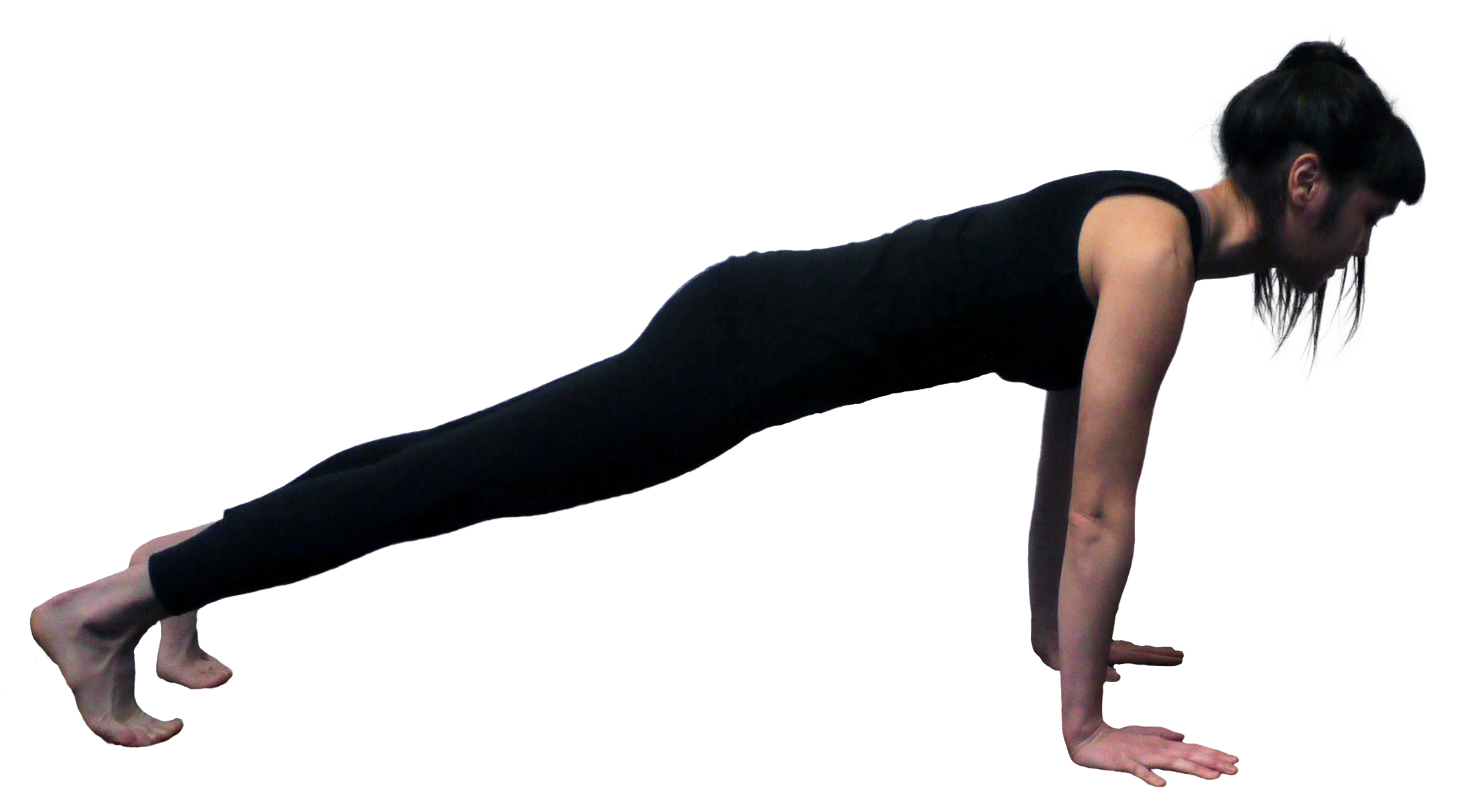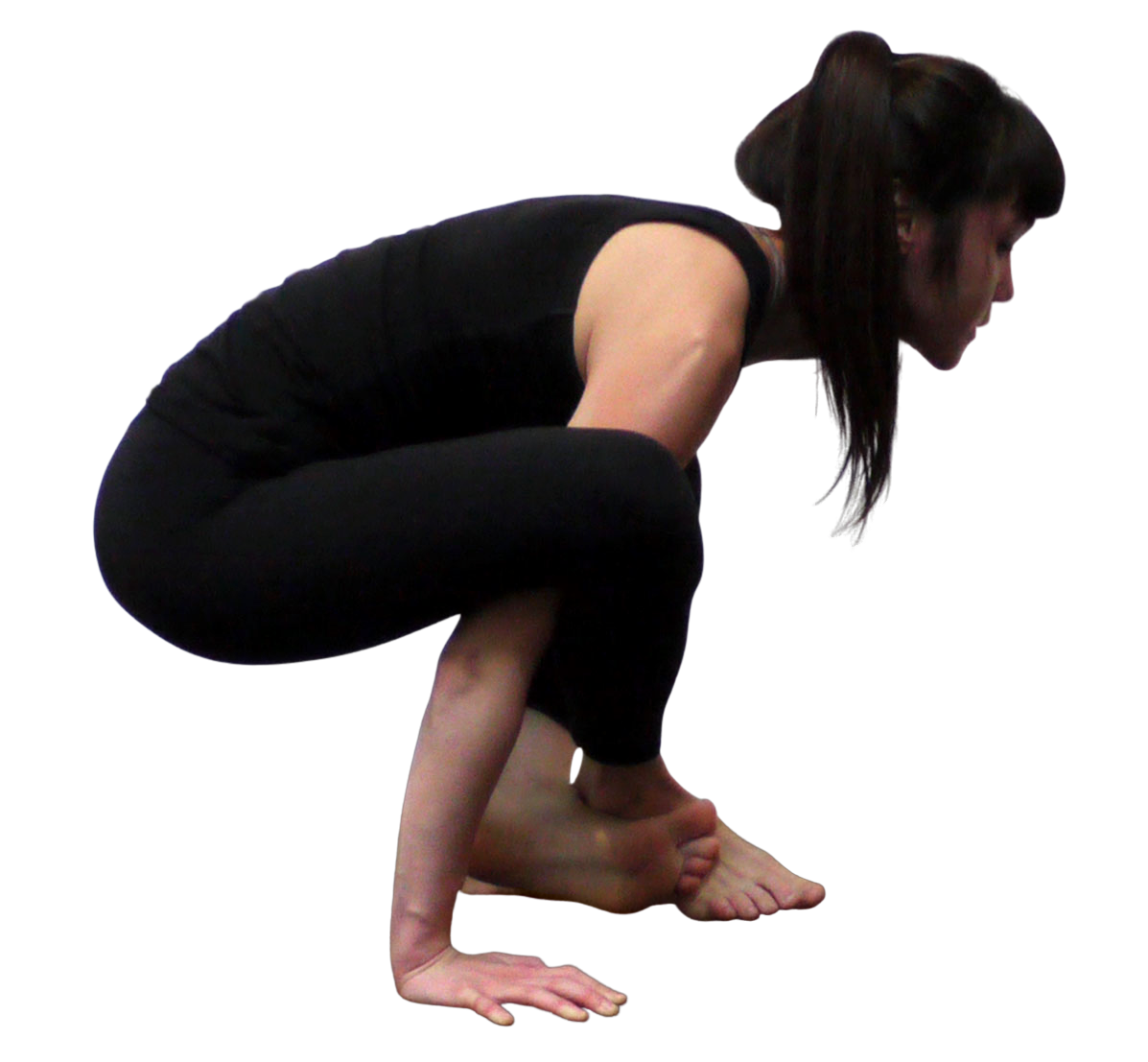Wrist injuries in yoga
Having sore wrists can be very a frustrating experience if you are a regular yoga practitioner.
The most common reasons for wrist injuries occurring from practice I have come across over the years are:
HYPER-EXTENSION OF THE ELBOWS
In my experience, hyper-extending your elbows in postures where you are weight-bearing on your hands is a very common cause of wrist pain. When we “lock” our elbows, we are relying on the bony structures and the ligaments instead of the tension from our muscles. This tension is important to keep space in our joints.
When people are new to yoga and have not yet built up strength in their upper body, they tend to lock their elbows as a way to compensate for the lack of strength. This action doesn’t usually injure the elbows themselves, instead it causes problems in the wrists or the shoulders. When hyper-extension of the elbows is combined with not keeping the hand and fingers active, as well as many repetitions of the posture, it almost always leads to sore wrists.
NOT KEEPING THE HANDS ACTIVE
The wrist and finger flexor muscles cross the underside of your hands and wrists. These muscles need to be kept active when you weight-bear on your hands. By doing this you will prevent compression and excessive loading into the wrist joint as well as prevent overstretching and irritation of your tendons and bursae.
HOW TO PRACTISE WHEN WEIGHT-BEARING ON STRAIGHT ARMS
The base of the pose is the hands. It’s important to keep the base active by pressing the tips of the fingers and thumbs into the floor. Make sure you feel the inner and outer heel of the hand in good contact with the floor. I like to imagine my hand is “holding” the floor. By keeping a very small bend in your elbows in postures such as Adho mukha svanasana, Urdhva mukha svanasana and Plank, you will feel all of the muscles in your arms switching on. This will help you build strength in the hands, lower and upper arms, and even the shoulders.
Avoid hyper-extension in Downward dog to build up strength in your arm muscles.
This is a common pose where people lock their elbows and put excessive strain on the wrist joints.
When you keep your elbows slightly bent in this posture you can really feel the triceps working.
REPETITION
Another main cause of wrist injuries is repetition. If you have someone new to Yoga who doesn’t have a lot of upper body strength and they practise hand weight-bearing postures too many times within one session or one day, they can become injured. This typically will cause inflammation in the tendons. By overloading the tissues day after day you can end up with tendonitis. Once you have tendonitis you will need to rest the tendons (stop doing those postures) until the inflammation is gone.
Practising yoga asanas should be a gradual process where the tissues of the body are given time to adapt to the various movements and positions. For each person this will be different. One person may be completely fine practising the above postures numerous times, whilst another will develop sore wrists very quickly. If you do get sore wrists after practice, it’s better to do less and do them with awareness, making sure everything is active. At the start, your muscles will fatigue quickly, perhaps after only a few times, but if you practice regularly and make sure you only do the postures if you can remain active in them, you will find your strength will build after a few weeks or a month. Once you are stronger you will be able to do more without risk of hurting yourself.
This applies to experienced practitioners as much as it does to beginners. It’s important to build your arm and wrist strength gradually when you start to practice more variations of the arm balances. You are bearing your whole body weight on your hands in these postures. Your hands and wrists will actually need to “toughen up” for this to be safe. Give your wrists time to become accustomed to the load by practising enough to cause change (strengthening) but not so much that you cause inflammation.
If you are recovering from a wrist injury that occurred in or outside of your yoga practice it is important to allow the swelling and inflammation to subside completely before weight-bearing on it again. Once it is pain free you can start the gradual process of rebuilding your strength.
written by Jean Campbell
Interested in learning more about how anatomy relates to yoga practice?
Have a look at my Online Dynamic Yoga Anatomy Course.








